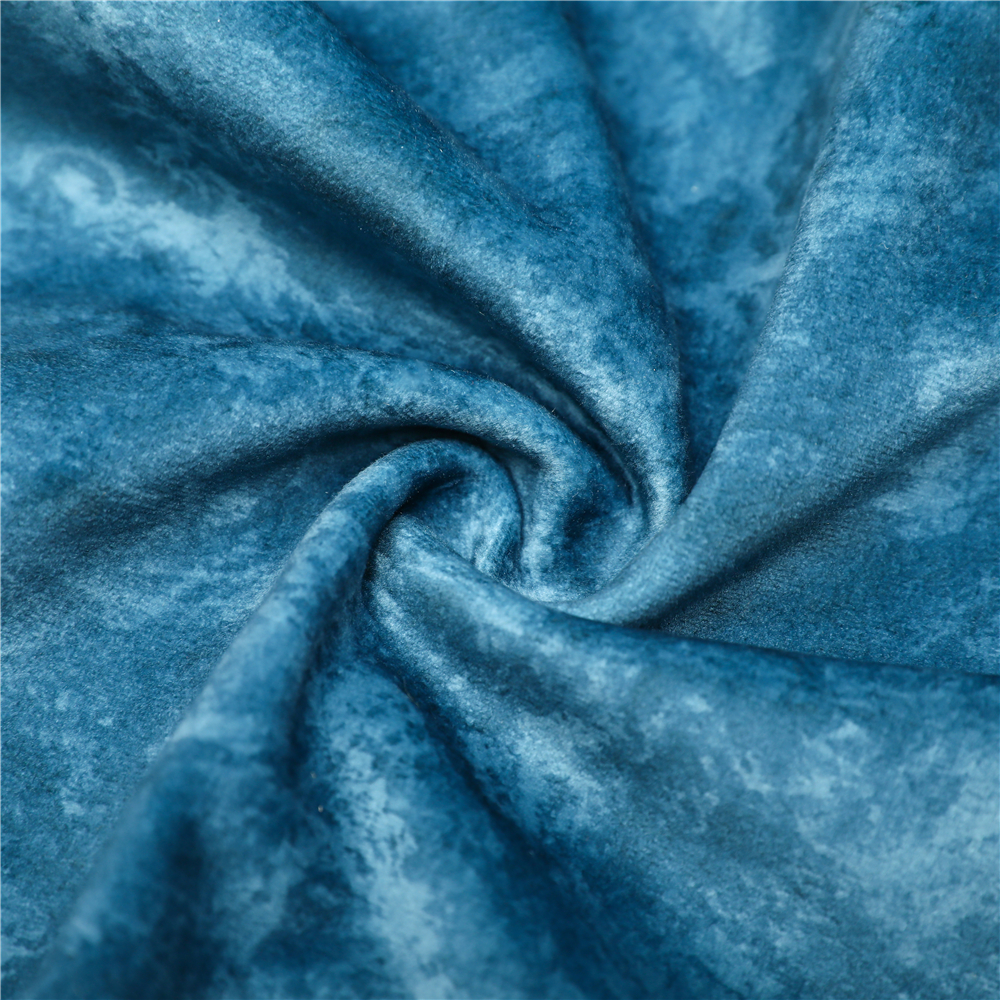Temperature Sensitivity: Polyester is not a natural insulator like wool, which can help regulate body temperature. Therefore, the initial feel of polyester fabric against the skin might not be as temperature-neutral as some other materials.
Environmental Factors:

Hot Weather: In hot weather, polyester fabric can sometimes feel warmer to the touch due to its relatively low breathability. It may not allow moisture to evaporate as quickly, potentially leading to a feeling of stickiness or discomfort.
Cold Weather: In cold weather, polyester fabric might initially feel cooler to the touch, as it can quickly conduct heat away from the body. However, it may not retain warmth as effectively as fabrics like wool or fleece.
Moisture Management: Polyester has moisture-wicking properties, which means it can help move moisture (such as sweat) away from the body. This can contribute to a cooling sensation when you're active or perspiring.
Layering and Insulation: Polyester is often used as a layer in activewear and outdoor clothing to provide moisture management and insulation. In these contexts, it can help regulate body temperature during physical activities.
Blending with Other Fabrics: Polyester is frequently blended with other fibers (e.g., cotton, spandex) to enhance its properties and overall comfort. Blending can impact how the fabric feels against the skin.
Personal Preference: Sensitivity to temperature can be subjective and varies from person to person. Some individuals might find polyester comfortable in various conditions, while others may have different experiences.
Ultimately, how polyester fabric feels to the touch is influenced by its specific composition, construction, and the circumstances in which it is worn. If you're concerned about how polyester fabric will feel against your skin, consider trying on garments made from different fabric blends in various environmental conditions to determine what suits your comfort preferences best.

 英语
英语 中文简体
中文简体

















